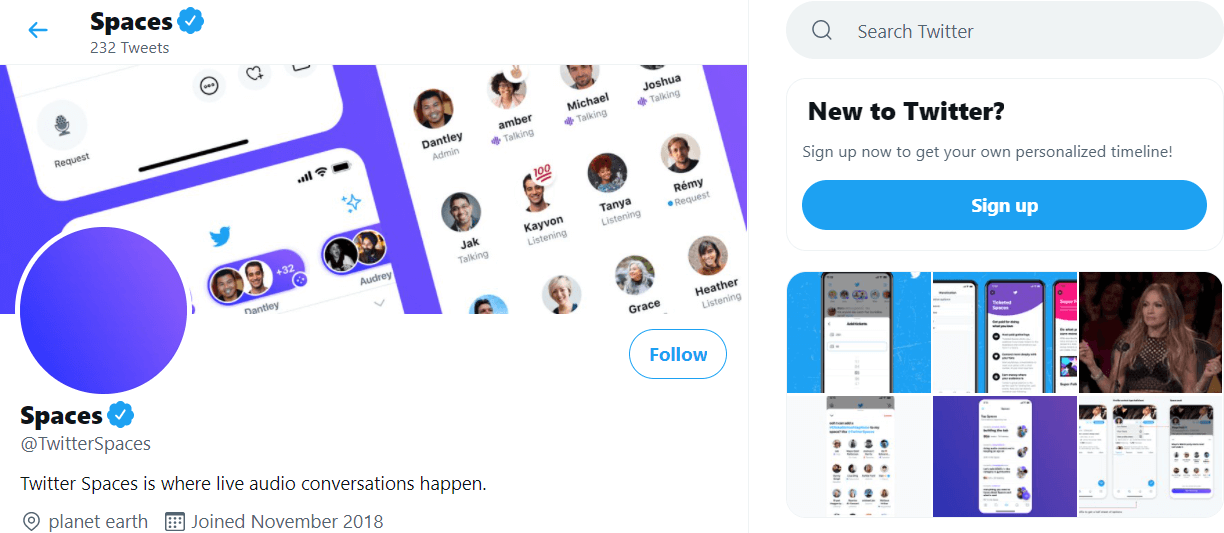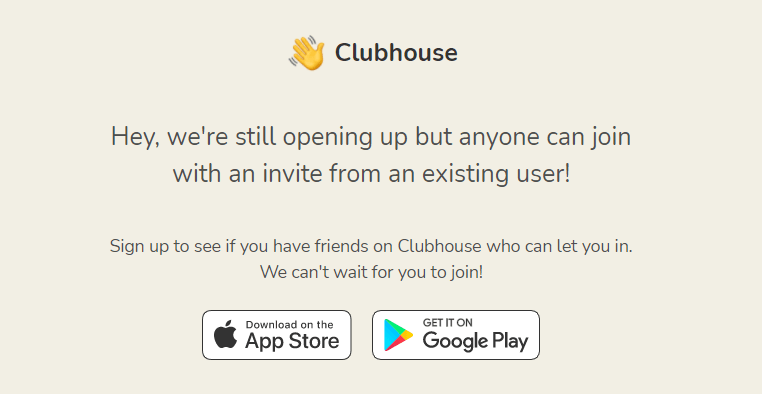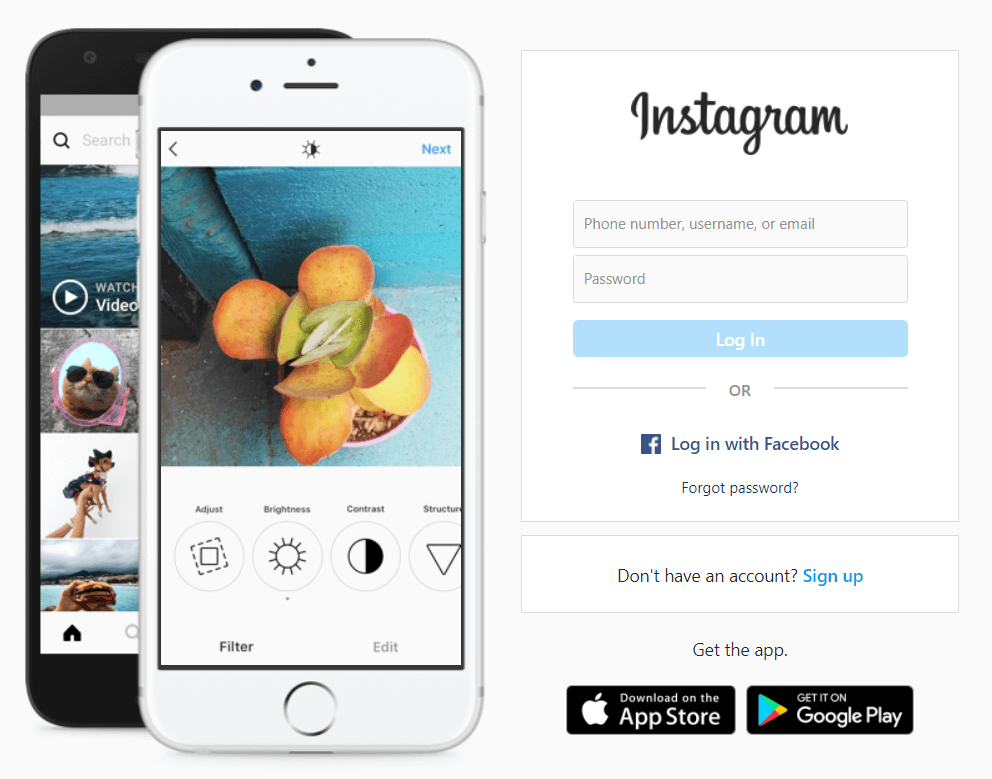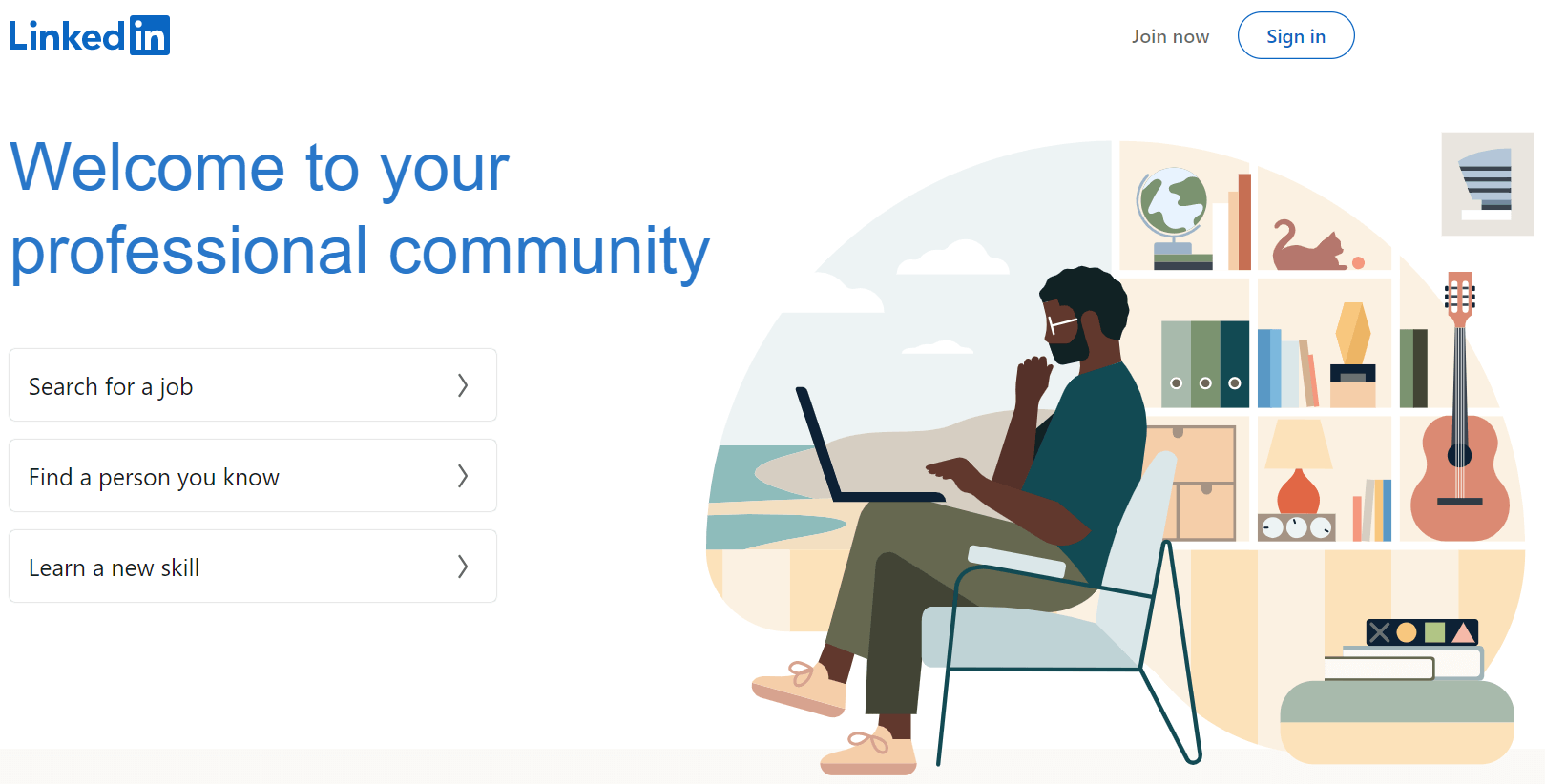Audio-based social media platforms are rapidly growing in popularity, with Twitter Spaces and Clubhouse being two of the most popular options. In this guide, we’ll explore the many factors you need to consider when you evaluate Twitter Spaces vs Clubhouse.
While these platforms have similar characteristics, they also have some key differences. By comparing their user bases, compatibility, and other main features, you’ll be able to choose the right platform for you.
In this guide, we’ll take an in-depth look at Twitter Spaces vs Clubhouse, and weigh the pros and cons of each platform to help you decide if it meets your needs. We’ll also look at a couple of other audio-based platforms in the social media space. Let’s get started!
An introduction to Twitter Spaces


Twitter Spaces is relatively new. It is part of Twitter, a social media network with approximately 187 million daily users[1], the majority of them based in the United States.
This platform lets you create your own conversation (known as a “space”), where you can invite other Twitter users to participate. Additionally, you can join other spaces as a listener or speaker.
Spaces can be accessed by anyone with a Twitter account. Moreover, all conversations are public. This means that users are free to join any discussions they want.
The pros of Twitter Spaces
One of the best features of Twitter Spaces is that it is relatively open and accessible. You only need a Twitter account to join conversations and host them. Users can converse with their followers as well as individuals outside of their networks. This creates many opportunities to connect with new people and engage in interesting discussions.
Another noteworthy feature is its compatibility. You can access Twitter Spaces from both iOS and Android devices. There is also a desktop version, although it comes with reduced functionality. Given that some social media platforms only work on mobile devices, Twitter Spaces offers more flexibility than other options.
Twitter Spaces is also very interactive, allowing you to send tweets and reactions in real time during conversations. You can also connect with other members in the discussion and send them private messages to their Twitter inboxes.
In addition, Twitter Spaces enables captions and transcriptions of conversations. These features could be particularly beneficial if you join conversations in a second language or if you have reduced hearing.
The cons of Twitter Spaces
One of the main disadvantages of Twitter Spaces is that you need at least 600 followers to create a space. You can join an existing conversation with fewer followers, but you won’t be able to host one. This follower count can be pretty restrictive for casual Twitter users or people with new accounts. If you want to be able to start your own discussions, you’ll need to work hard to gain more followers.
Twitter Spaces also restricts the number of people who can participate in a conversation. You can have an unlimited number of listeners, but only 11 people can act as speakers. Therefore, the platform can be a bit limiting if you want to initiate or join large-scale discussions.
Finally, Twitter Spaces does not enable you to schedule conversations or have co-hosts. If you want to host a business-related conversation, these restrictions could interfere with your ability to set up discussions in advance and cooperate with other professionals.
Who should consider using Twitter Spaces
Twitter Spaces is an excellent platform for people who already have a decent social media following. It is also ideal for businesses or professionals who want to reach an audience based in the United States.
Moreover, Twitter has a mature user base when compared to other social media networks. The majority of its users fall into the 35-49 age range[2], so you should definitely consider Twitter Spaces if you want to connect with people who fit that demographic.
Twitter Spaces is also a suitable option for people who simply want to connect with different individuals. Since anyone is able to join conversations, you can gain exposure to new perspectives and form virtual friendships.
An introduction to Clubhouse


Clubhouse is an app that you can download on iOS and Android devices. This platform is quickly growing in popularity. It currently has approximately two million active weekly users[3], most of whom belong to the 18-34 age range[4].
Clubhouse has various rooms that you can enter and leave as you like, or you can host your own room and discussion. Unlike other platforms, you need an invite before creating a Clubhouse account and using the app.
The pros of Clubhouse
Clubhouse has a user-friendly interface that enables you to find discussions on a wide variety of topics. Moreover, you can schedule conversations and add upcoming events to your calendar so you don’t miss out.
As the name implies, Clubhouse lets you join and create clubs. These revolve around specific topics and may have scheduled conversations that you can participate in. Therefore, if you are interested in a particular field, you can share your passions and interests with like-minded individuals.
This platform also allows for conversations on a massive scale. More than 5,000 users can be in a Clubhouse conversation at any one time, allowing people from different backgrounds to hear exciting ideas from industry leaders. The platform also enables you to co-host, and members must request to speak during a discussion. In this way, the platform prevents chaos and disruptions while allowing multiple users to be part of the conversation.
Finally, Clubhouse ensures that members are authentic. Besides having an invite-only system, it also asks new users to provide various personal details. These safety procedures help keep spammers away and protect genuine users against those who would misuse it and disrupt legitimate conversations.
The cons of Clubhouse
One of the downsides of the Clubhouse app is that you need an invite to create an account. This requirement bars many legitimate users from joining and participating in worthwhile discussions.
You also cannot use Clubhouse on a computer. The app is only compatible with iOS and Android devices. This could be restrictive if you prefer to use your laptop or desktop.
In addition, Clubhouse does not offer captions during live conversations. Therefore, it could be more challenging to keep up with the discussion if you are hard of hearing or if you’re not fluent in the language being used.
Who should consider using Clubhouse
Clubhouse has a younger demographic than Twitter Spaces, so it could be an ideal option if you want to connect with young business professionals. Moreover, it has fewer members than other social media platforms (although it is growing), so you may enjoy using it if you prefer exclusivity.
Clubhouse is also suitable for people who want to focus on particular topics or discussions. With the clubs feature, you can join groups that discuss particular themes. These conversations can have thousands of users present, so they can expose you to a wider diversity of viewpoints than other audio-based platforms.
Alternatives to Twitter Spaces and Clubhouse
So far, we have evaluated Twitter Spaces vs Clubhouse. However, there are a few audio-based platforms hosted by other popular social media companies that may also pique your interest. Let’s take a closer look at them.
Instagram Live Rooms


Instagram already has a Live feature, where you can stream videos in real time to your followers. However, it now also has Instagram Live Rooms, a feature that allows up to four people to co-host a discussion. This conversation is then made available to the followers of each speaker. This means that, as a co-host, you may be able to reach a wide audience and attract new followers.
One of the key benefits of this live streaming platform is that it tends to have high engagement rates. If you’re looking to discuss important issues, promote new products, or run a Q&A session, Instagram Live can be an interactive way to connect with your followers.
However, Instagram Live Rooms also has its limitations. For instance, you can only use the feature on your mobile device, and it will stop streaming if you receive a call during the video. Furthermore, any comments from followers may obscure your face during the stream. The platform also lacks extra features like scheduling or captions.


LinkedIn is a popular career-based social media platform with approximately 756 million users[5]. While it already allows you to promote your content via groups, this platform is now also planning an audio rooms feature where you can join and host conversations.
Since LinkedIn is very business-focused, the audio rooms feature will be solely targeted at professionals. Therefore, you can expect conversations to revolve around current issues in particular industries. This could be very beneficial for individuals who want to develop their careers and engage with leaders and experts in their fields. It could also help you expand your business network and connect with potential clients.
Conclusion: Twitter Spaces vs Clubhouse
Twitter Spaces and Clubhouse are two of the most popular audio-based social media platforms available today. They share many similarities, but also have key differences that distinguish their user bases.
For example, Twitter Spaces is better suited to users who have an established social media following and want to make connections. In addition, it is compatible with most devices and offers features that benefit people with impaired hearing.
In contrast, Clubhouse is a more exclusive platform. It is used by fewer people and currently has an invite-only system. Clubhouse users can host conversations, join topic-based clubs, and follow other people. The platform caters to a slightly younger audience and could suit professionals who want to participate in exciting discussions.
What audio platform are you most interested in using? Let us know in the comments section below!
[1] https://www.statista.com/statistics/242606/number-of-active-twitter-users-in-selected-countries/
[2] https://www.statista.com/statistics/283119/age-distribution-of-global-twitter-users/
[3] https://www.statista.com/statistics/1199871/number-of-clubhouse-users/
[4] https://www.edisonresearch.com/clubhouse-users-in-america/
[5] https://about.linkedin.com/
The post Twitter Spaces vs Clubhouse: Which Platform Is Better for You? appeared first on Revive Social.
